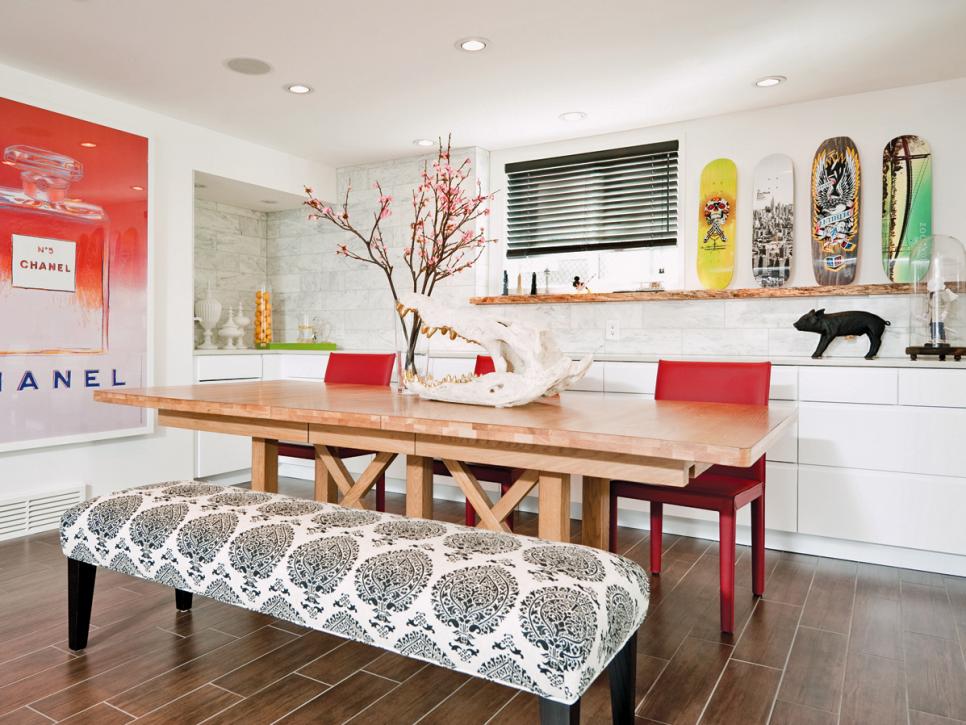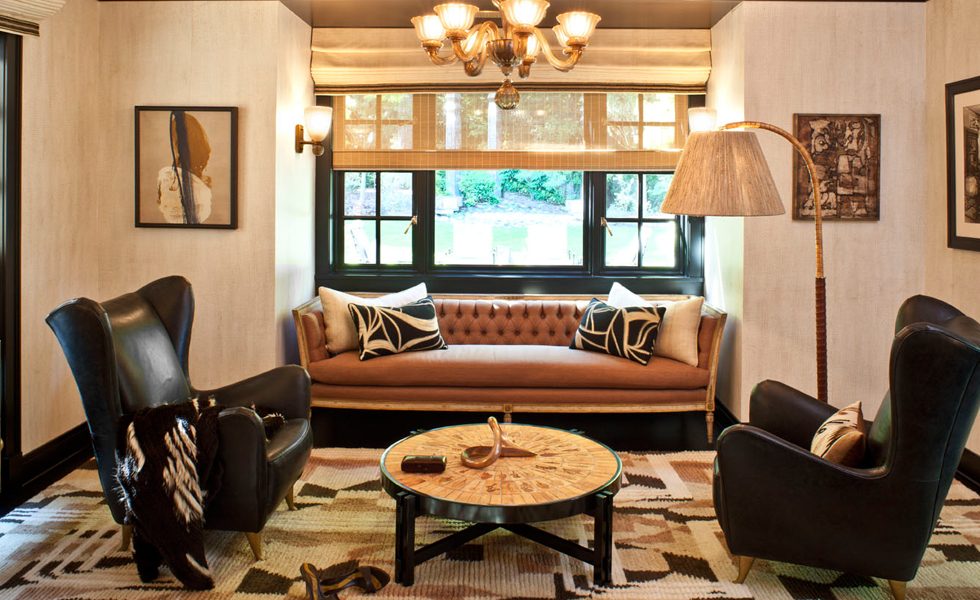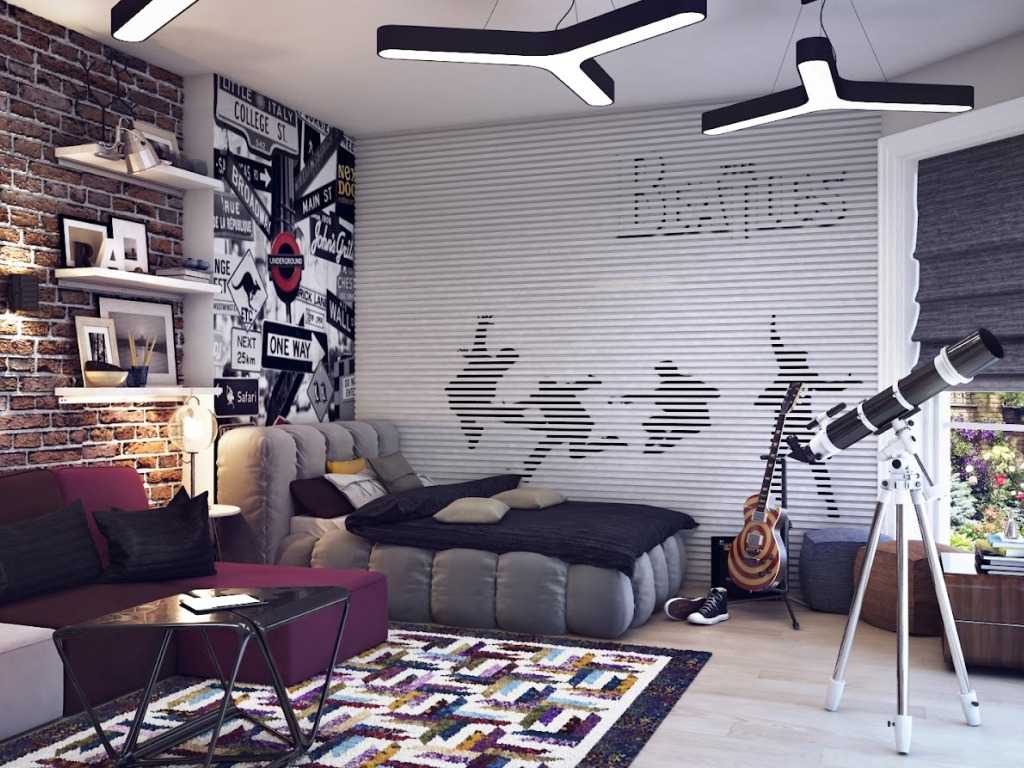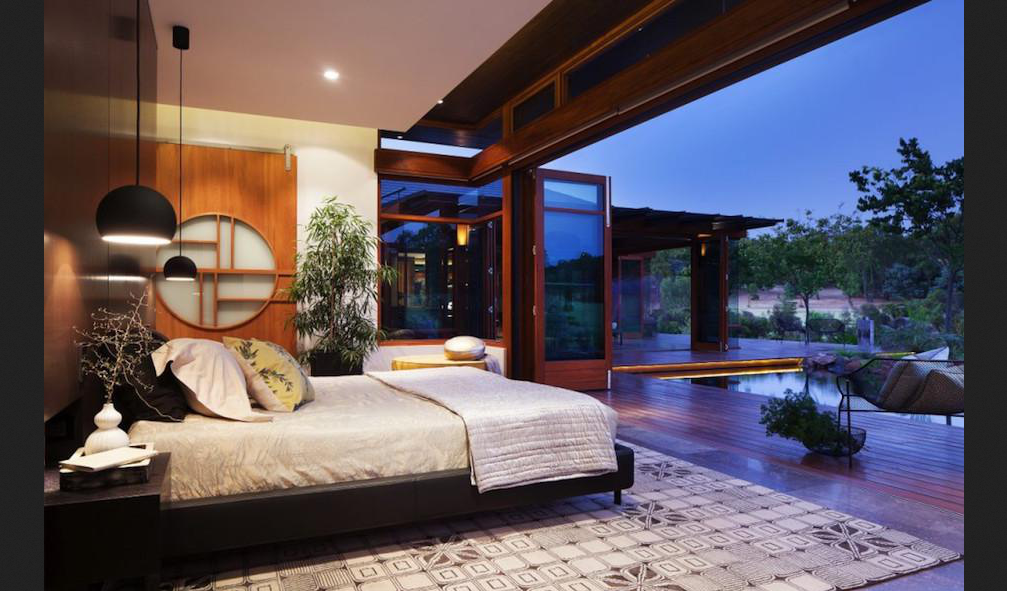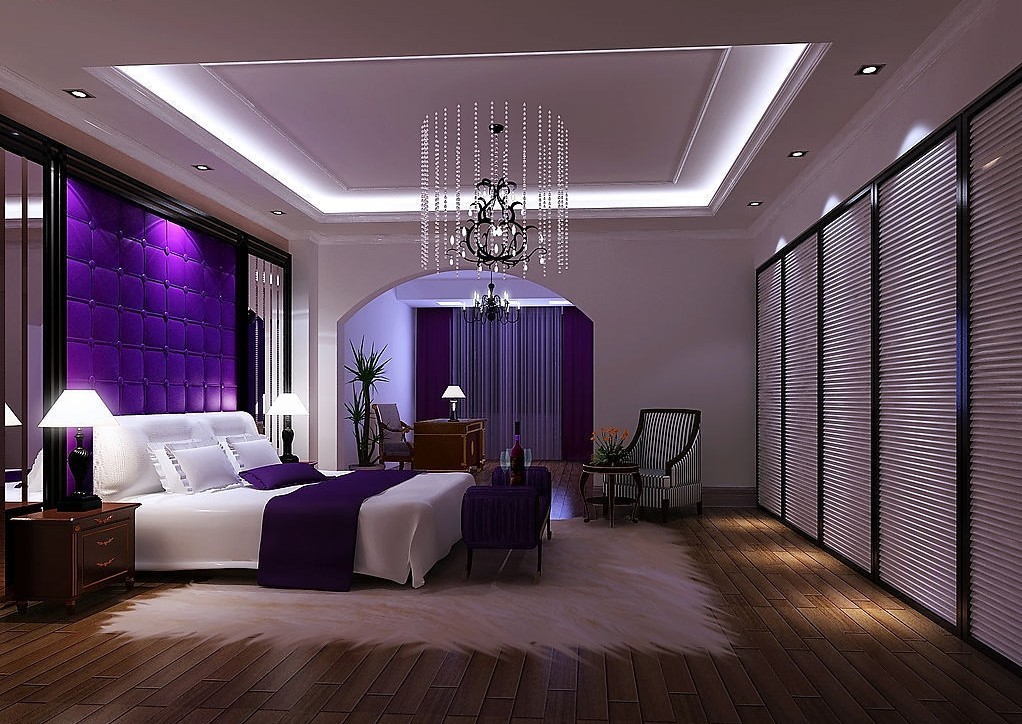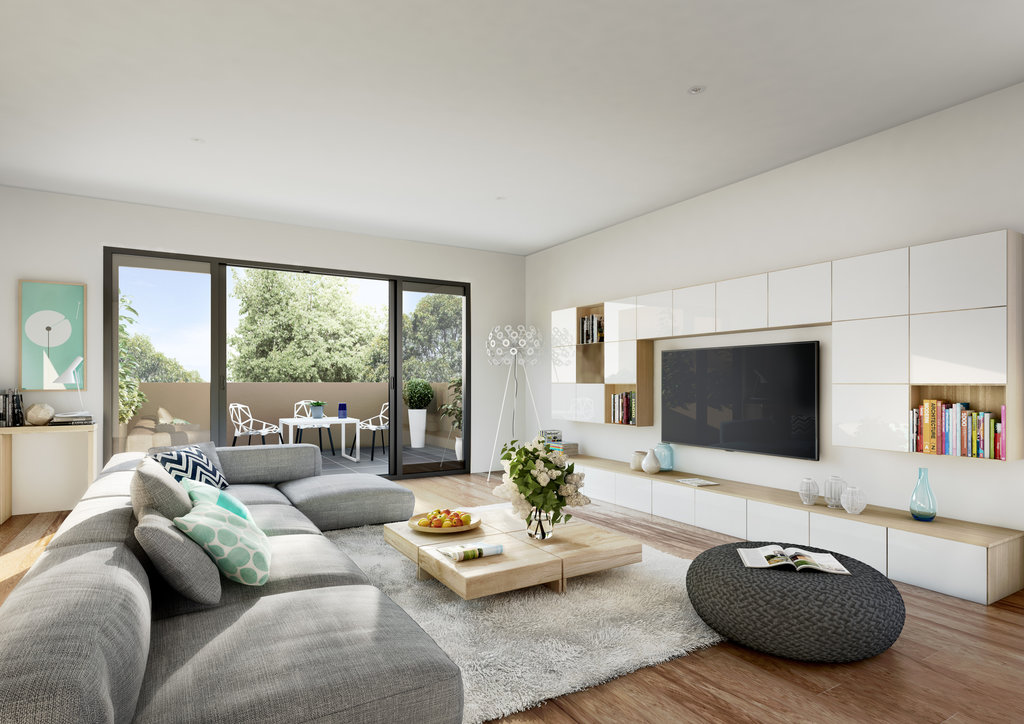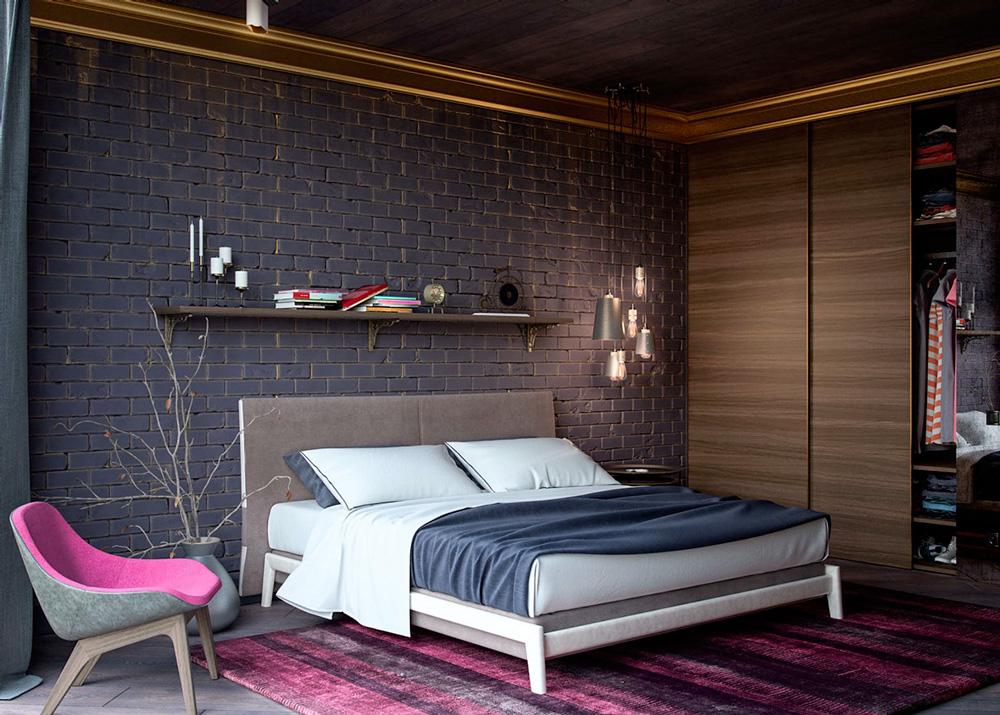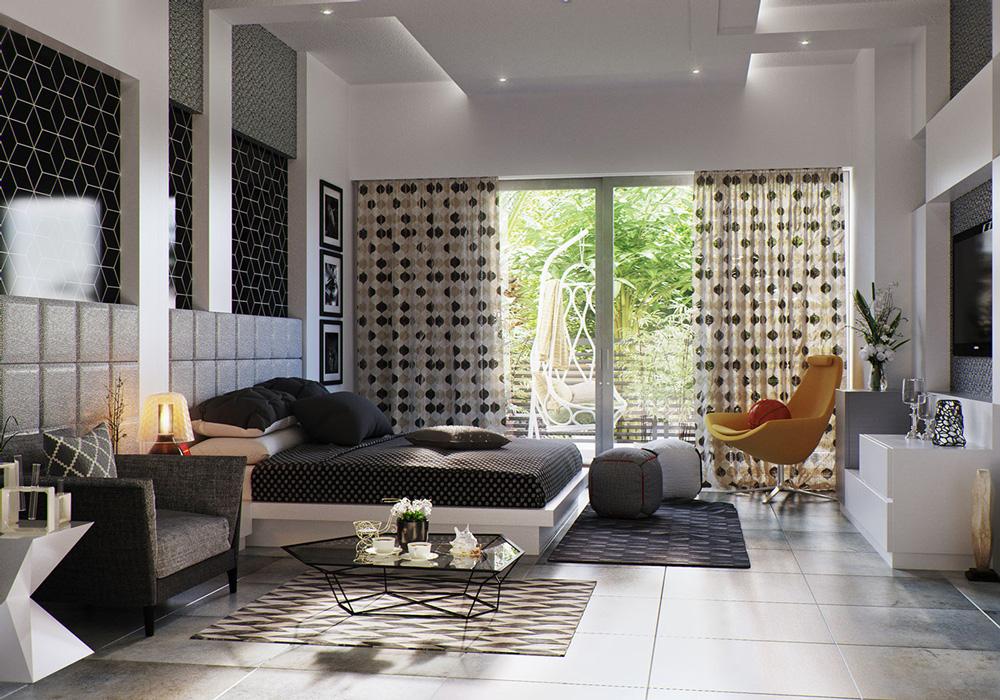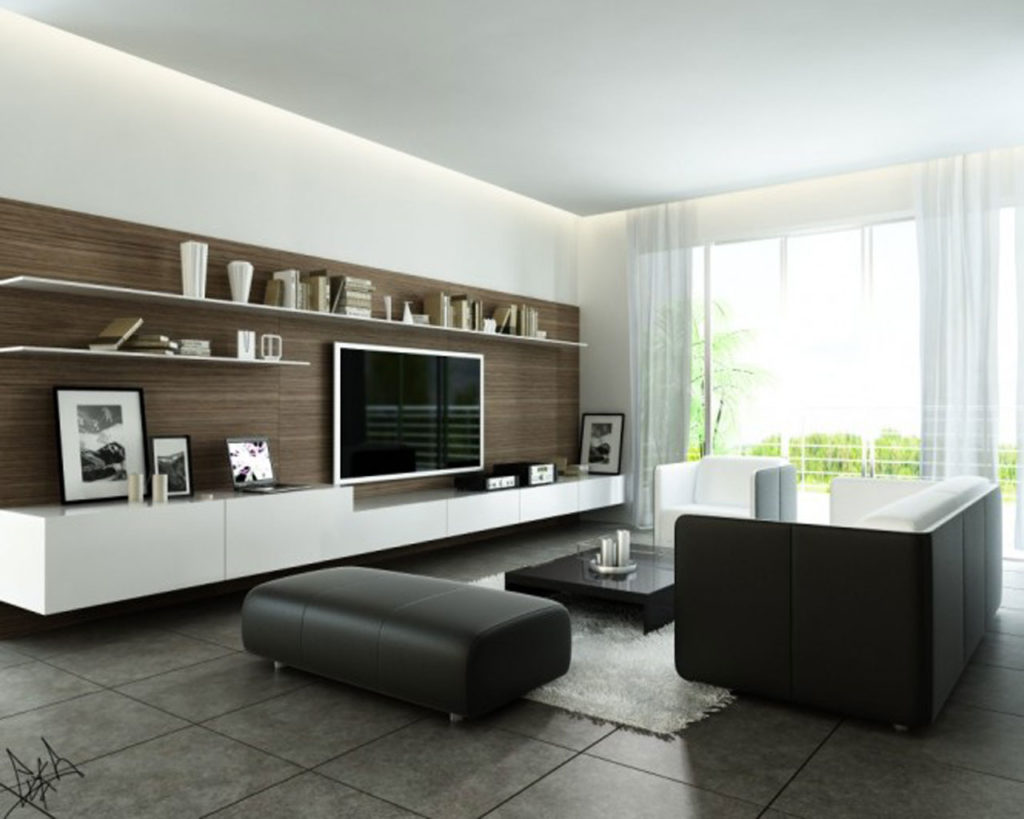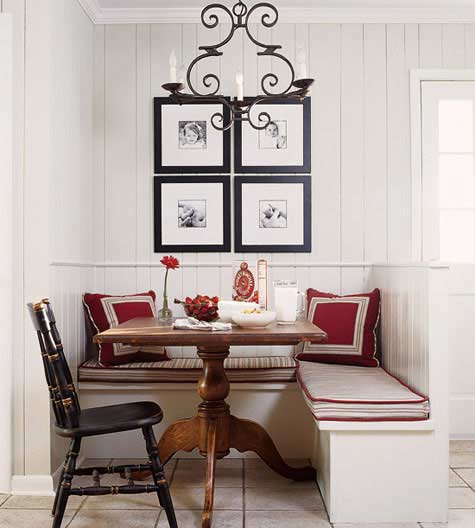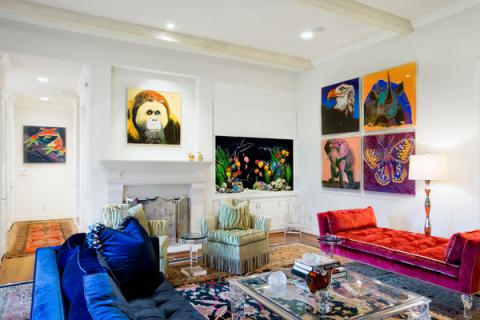Minimalism in interior design
Minimalism is the most simple, practical and “controversial” style in interior design over the past two centuries.
The basic principle of minimalism is to create a holistic interior design using only the necessary and most important elements. When you create a detailed interior in advance planned space and needed room items.
Minimalism makes room spacious, fills it with air and diffused light. Creates a feeling of spaciousness and freedom. It is believed that the free space in the house allows you to get rid of the “internal partitions”. Minimalism rejects all the classic idea of beauty, comfort and style. Contrary to the traditional view of art, diverse scenery and decorations.
The main (original) the principles of minimalism are combined in the theories of functionalism and constructivism. It has high conciseness, precision, and brilliance of the compositions. In true minimalist style uses only natural, natural construction materials.
The distinctive features of minimalism in interior design
Geometrism (the presence of simple geometric shapes, soft curves and transitions).
Large and sometimes huge Windows that seem to unite the house with the outside world, or even incorporate nature into the interior of the room.
Simple forms of furniture.
Space zoning and the availability of good multi-level lighting.
Color preferences of minimalism – game of tones. Many contrasting transitions, shades of wood, metal, and calm colors. (In the same room, usually 2-3 colors, no more)
Simple, natural construction materials.
The presence of many wide-free surfaces.
The emphasis on the most important.
In a minimalist style, you can decorate absolutely any room. This style is simple and universal.
Minimalism, as if detached from everything useless and decorative, leaving the interior only what is really needed. The architecture often tries to hide all the modern technological elements, leaving the room only the result of their actions, it is primarily concerned with lighting and acoustics. All surfaces of the room, as a rule, monotone and smooth.
In the style of minimalism very often uses elements of tinted and transparent glass. Of glass also created wall shelves, doors and even walls. Preferences in furniture minimalist glass also finds a place.
Eastern (Japanese) minimalism
Oriental style can be distinguished as a separate period of minimalism. This style is initially present in the Japanese culture and traditions. Here is necessarily broad use of wood and fabrics. Not rare bamboo, rice paper stone items. Japanese minimalism, as a rule, light walls, sometimes with a thin, simple Japanese drawings, is also considered a traditional Japanese ceramic sculpture.
It should be noted that minimalism is not just another style in the interior is a complete course of art that arose in parallel and in music, painting, architecture and sculpture.
